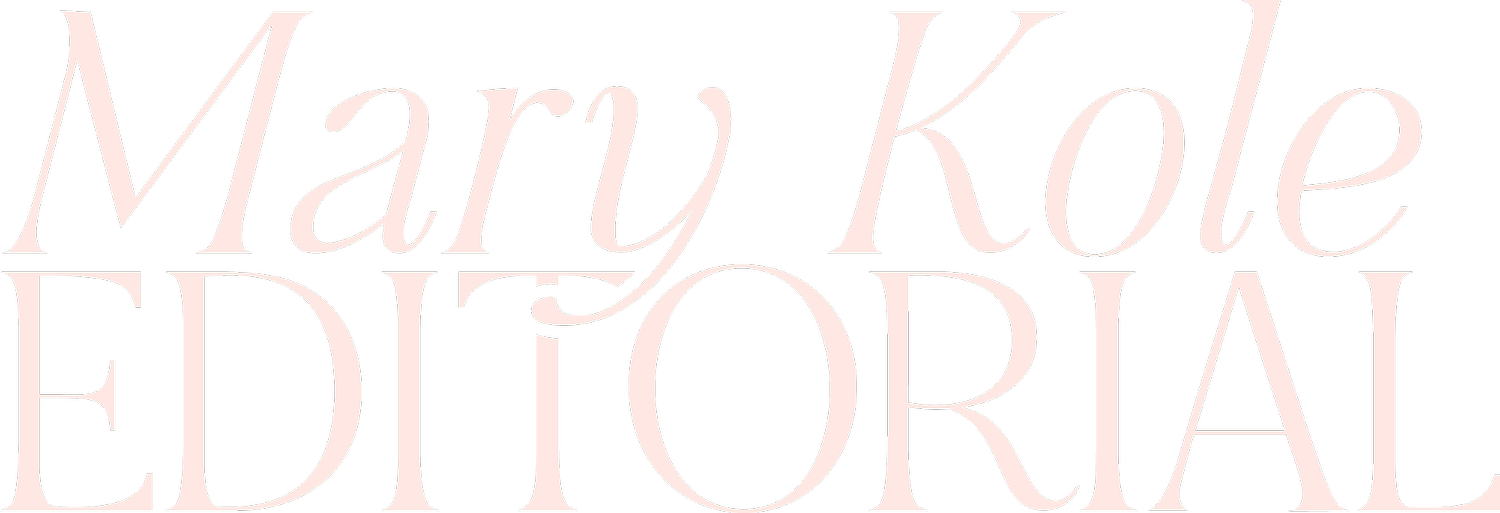How to Revise a Memoir
By Mary Kole
Mary Kole is a former literary agent, freelance editor, writing teacher, author of Writing Irresistible Kidlit, and IP developer for major publishers, with over a decade in the publishing industry.
This article is all about how to revise a memoir project, including getting started, important considerations for how to revise a memoir, and then advice on how to submit your manuscript for potential publication.
Clarity on the Memoir Category
The memoir publishing category has exploded in recent decades, as many people become very invested in telling their own story. With the proliferation of blogs and other social networking platforms, writers have realized that their words have an audience, and so the memoir category, sometimes called “creative nonfiction,” or “narrative nonfiction” has grown, to the delight of readers.
But what is a memoir? How should I write it? And finally, how to revise a memoir? Before you consider creating or revising your creative nonfiction, you want to make sure that you’ve chosen the correct category and organized your first draft accordingly.
HOW TO REVISE A MEMOIR
The three prime considerations in memoir are: premise, plot, and character. Is it strange to refer to your life story as “plot” and yourself as “character”? Well, get used to it. These are common storytelling terms that I use for memoir projects and when I work with memoir clients, and that’s on purpose. It’s meant to remind them that they are not telling their story and putting themselves on the page for public consumption. You need to consider your storytelling, and the audience you one day hope to attract, and how your life and personality and voice come across to them. For the first time, you are inviting strangers into your life story, and you need to make that mental adjustment when you’re writing memoir.
If you’re wondering how to revise a memoir, I would highly recommend focusing on premise first. Which slice of your life are you going to talk about? “Birth to breakthrough” memoirs are a tough sell. Most readers will not stick around to comb through your entire childhood, alas. Your memoir needs to be a focused encapsulation of a specific theme or thread from your life.
The much more appealing storytelling narrative arc is starting at your low point, and then going on a very specific journey while weaving in anecdotes from elsewhere in your life. Then you arrive at the point of redemption. See Eat, Pray, Love by Elizabeth Gilbert and Wild by Cheryl Strayed as examples. We don’t get every detail of either life, and that’s perfectly fine. Focus your premise to succeed in modern memoir.
After you have a specific premise, look at the narrative arc of your project. I recommend writing an outline for every memoir project. What do you need to include? What’s maybe entertaining for you and your immediate family, but could be left out because it doesn’t fit the premise? For every anecdote and scene, consider how it ties back into the premise.
Speaking of which, how many scenes in a novel is standard? Straight summary and telling will not play in today’s memoir category (show, don’t tell). You need to dramatize moments from your life story into scene and narrative. Dialogue writing, scene-setting, and description are crucial. So if you’re putting memories on the page, are they rendered in 3D?
Finally, there’s the issue of YOU. Are you coming across to readers? Your audience in the memoir category tends to be most attracted to characters who need to overcome an obstacle, with the ability to do it with both humor and heart. This requires a certain level of authentic writing and self-awareness.
Are you struggling enough? Is your character able to be vulnerable? Some memoirs feature a character who is confident and knows exactly what they’re doing. But since storytelling hinges on tension and creating conflict, this may not be compelling enough. There may not be enough struggle and reflection on the page to make it a compelling modern memoir story. Unfortunately, most people can’t judge how they’re coming across to others.
Special Considerations for How to Revise a Memoir
And this brings me to the idea that there is a limit to self-editing. Try as they might, writers can never see their own manuscripts with the type of clarity that others can. That’s why, I recommend getting actual other eyes (not just your own) on your project, especially since it’s so difficult to judge how you might come across on the page to a memoir reader.
The first solution would be to get a critique group, critique partner, or beta reader. Here’s a link for how to put a team together that will provide you with feedback. But fair warning, they are only as good as their level of experience. Everyone has opinions. You want to make sure you’re soliciting worthwhile opinions that you’ll be able to trust. You can find more meat about critique partners in my how to revise a novel article.
The second solution would be to hire a freelance editor. These professionals work with story every day, and a good one will bring insider publishing industry experience to your project as well, so you’re not just getting craft advice ... you’re learning whether your idea has wings if you aspire to get published. Here’s a link on how to hire an editor.
Character and plot narrative are crucial to creative nonfiction. But memoir writers often struggle, especially because they have a hard time removing themselves from their own story. You have lived it, but now you’re shaping it for outside consumption. This can be a fraught journey, but it’s critical to learning how to revise a memoir for potential publication.
For those eagle-eyed readers who are wondering just what kind of editor would write an article with the clunky phrasing of “how to revise a memoir” over and over on her website, I applaud you for noticing that this reads awkwardly. Please note that I picked this keyword phrase on purpose, as part of my SEO (search engine optimization) strategy. If you’re curious about writer marketing techniques, check out Good Story Marketing. This post contains affiliate links.

Click here to purchase Writing Interiority: Crafting Irresistible Characters, my book on interiority and character creation. Explore your protagonist’s thoughts, feelings, reactions and interpretations, expectations, and inner struggles to create a rich, immersive experience. This guide will empower you to create characters who live and breathe on the page, fostering an unbreakable bond with your audience.



